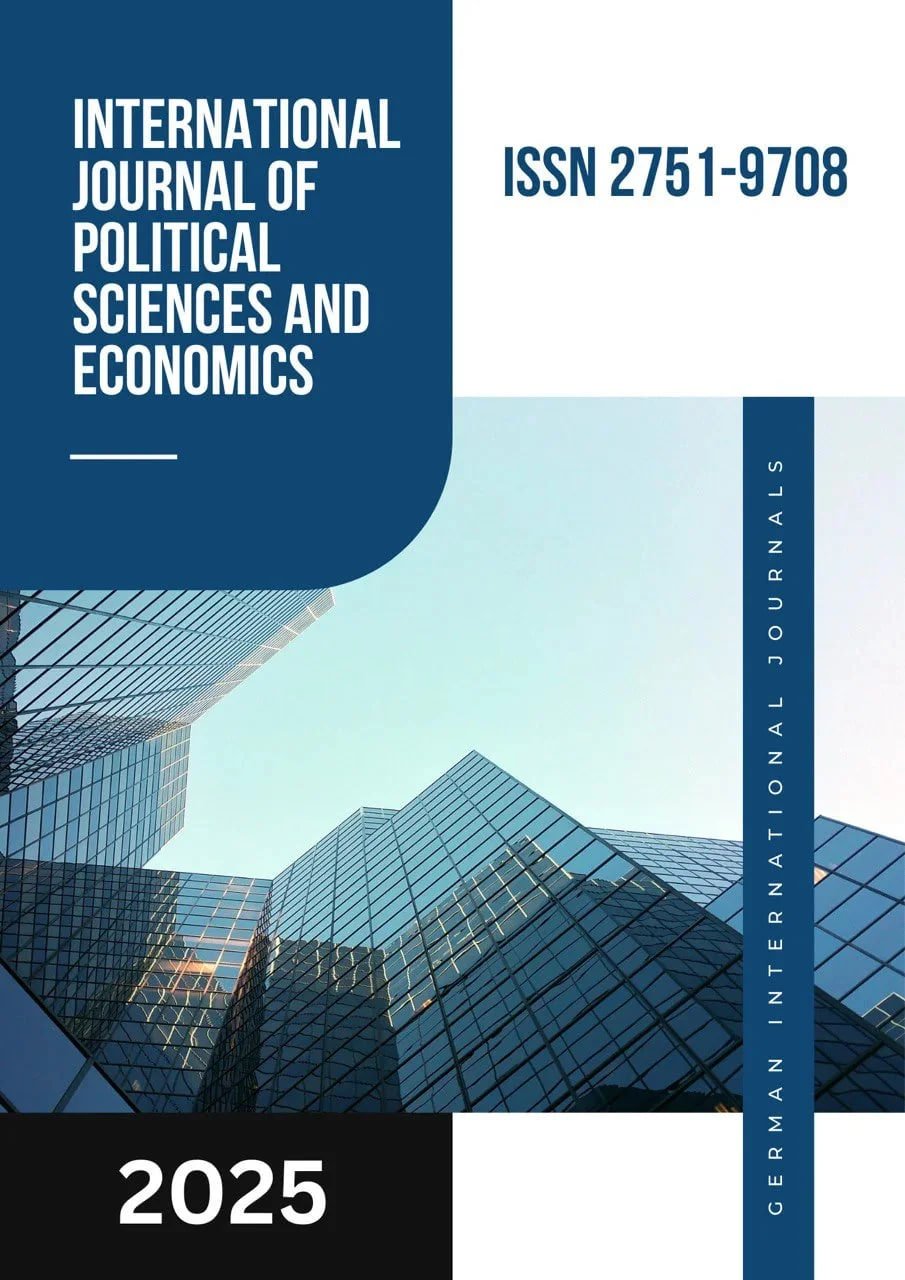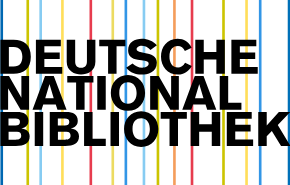THE ROLE OF RESOURCE-SAVING TECHNOLOGIES IN REDUCING OPERATIONAL COSTS AND ENHANCING SOLVENCY IN THE AGRO-INDUSTRIAL SECTOR OF UZBEKISTAN
DOI:
https://doi.org/10.55640/Keywords:
Agro-industry, solvency, operational costs, ROE, export, GDP, drip irrigation, laser land leveling, Sprinkler irrigation, water productivity, fertilizer, SAFA, FAO.Abstract
Uzbekistan is the country, where agriculture plays a crucial role in the economy, contributing significantly to GDP and providing employment, especially in rural areas. This research paper investigates the impact of resource-saving technologies on operational costs and financial solvency within Uzbekistan's agro-industrial sector. However, the several issues need to be studies and addressed in the sector, as it faces challenges such as water scarcity, rising input costs, and global market volatility. Findings indicate that these technologies can yield substantial savings in water, labor, fertilizers, and energy, thus it can improve profitability and solvency for agricultural enterprises. Additionally, the need for government support and infrastructure development to overcome barriers to technology adoption and achieve sustainable agricultural practices are also discussed within the article.
References
1. Tayirov, O., Karimov, I. V., Toshmamatov, A., & Shomirzayev, S. (2024). Rational Use of Water Resources in Agriculture (In the Case of Uzbekistan). International Journal of Business Diplomacy and Economy, 3(5), 142-146.
2.Gerasymchuk, N. (2017). Specifics of development and approbation of resource saving strategy in agro-industrial complex. Технологический аудит и резервы производства, 5(5 (37)), 13-20.
3.Jo‘rayev, F. D. S., & Normurolovich, S. S. (2024). Agrosanoat klasterlari o'sish omili sifatida mintaqaning raqobatbardoshligi baholash. Prospects and main trends in modern science, 2(16), 46-52.
4.Eshov, M., Amirov, L., & Askarova, M. (2021). Development of the agricultural sector and its importance in Uzbekistan. In E3S Web of Conferences (Vol. 244, p. 03014). EDP Sciences.
5.Uzbekistan - Policy Perspectives for Irrigation and Drainage Sector Reform - World Bank Documents and Reports,
6.https://news.un.org/ru/story/2021/08/1408882
7.Shavazov, K., Khojibekova, S., Mukimov, B., Umirov, A., & Kadirova, S. (2025). State and development of farms in Uzbekistan as a basis for food security. In BIO Web of Conferences (Vol. 161, p. 00027). EDP Sciences.
8.Uzbekistan Takes Bold Steps to Address Water Scarcity, https://uzbekistan.org/uzbekistan-takes-bold-steps-to-address-water-scarcity/4551/
9.Otabek, B. (2019). Agricultural production costs, product cost and ways to reduce it in Uzbekistan. Science Review, (4 (21)), 25-28.
10.Efficiency of drip irrigation technology of cotton in the saline soils of Bukhara oasis M.Kh. Khamidov1 , U.A. Juraev2 , X
11.Uzbekistan seeks to introduce new technologies for irrigation of agricultural lands, https://cabar.asia/en/uzbekistan-seeks-to-introduce-new-technologies-for-irrigation-of-agricultural-lands
12.Djumaboev, K., Yuldashev, T., Holmatov, B., & Gafurov, Z. (2019). Assessing Water Use, Energy Use And Carbon Emissions In Lift‐Irrigated Areas: A Case Study From Karshi Steppe In Uzbekistan. Irrigation and Drainage, 68(3), 409-419.
13.Environment and Climate Action | United Nations Development Programme, https://www.undp.org/uzbekistan/environment-and-climate-action
14.documents1.worldbank.org, https://documents1.worldbank.org/curated/en/381251635752865696/pdf/Uzbekistan-Second-Agricultural-Public-Expenditure-Review.pdf
Downloads
Published
Issue
Section
License

This work is licensed under a Creative Commons Attribution 4.0 International License.
Authors retain the copyright of their manuscripts, and all Open Access articles are disseminated under the terms of the Creative Commons Attribution License 4.0 (CC-BY), which licenses unrestricted use, distribution, and reproduction in any medium, provided that the original work is appropriately cited. The use of general descriptive names, trade names, trademarks, and so forth in this publication, even if not specifically identified, does not imply that these names are not protected by the relevant laws and regulations.







